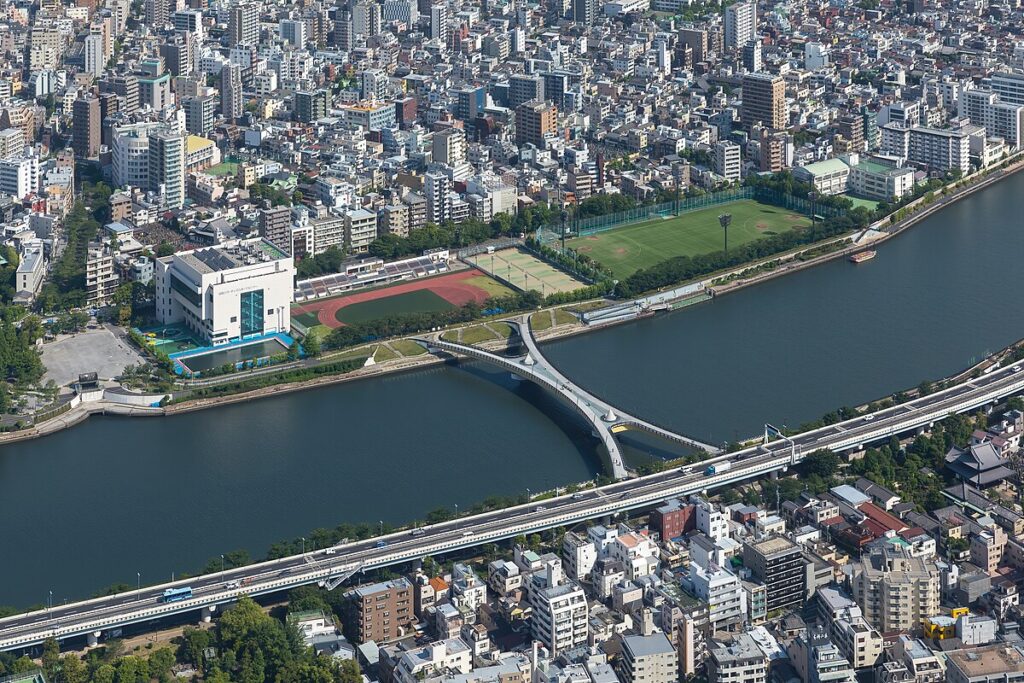-

Kashikojima (Shima City, Mie Prefecture)
概要(歴史・特徴・魅力) 賢島(かしこじま)は三重県志摩市にある半島状の景勝地で、英虞湾(あごわん)に浮かぶリアス式海岸の島々と入り組んだ海面が作り出す独特の景観で知られます。伊勢志摩国立公園の一部であり、古くから漁業・真珠養殖が盛んだっ... -

Takehara Townscape Preservation District (Takehara City, Hiroshima Prefecture)
概要(歴史・特徴・魅力) 竹原町並み保存地区(広島県竹原市)は、江戸〜明治期にかけての商家町・港町の風情が色濃く残る歴史的な町並みです。白壁の土蔵や格子戸の町家、土手や石畳の路地などがまとまって保存されており、「安芸の小京都」と称されるこ... -

Oigawa Railway steam locomotive train (Shimada City, Shizuoka Prefecture)
概要(歴史・特徴・魅力) 大井川鐵道のSL列車は、静岡県島田市を発着点とする観光用の蒸気機関車列車です。もともとは大井川流域の産業輸送と林業輸送を目的に敷設された鉄道をルーツとし、現在は保存された石炭焚きの蒸気機関車が観光列車として走ること... -

Samukawa Shrine (Samukawa Town, Kanagawa Prefecture)
寒川神社(神奈川県高座郡寒川町) 概要(歴史・特徴・魅力) 寒川神社は相模国の一之宮として古くから信仰を集める神社で、八方除(はっぽうよけ)や厄除けで全国的にも知られています。主祭神は寒川比古命・寒川比女命とされ、方位・方角にまつわる災い... -

Mishima Skywalk (Mishima City, Shizuoka Prefecture)
概要(歴史・特徴・魅力) 三島スカイウォークは静岡県三島市にある歩行者専用の吊り橋で、日本最長級の吊り橋として知られています(全長は約400m程度)。2015年に開業して以来、橋上から望む富士山・駿河湾・箱根の山並みと、豊かな緑に囲まれた渓谷美が... -

Kamado Shrine (Dazaifu City, Fukuoka Prefecture)
概要(歴史・特徴・魅力) 竈門神社(かまどじんじゃ)は、福岡県太宰府市にある神社で、背後にそびえる宝満山(ほうまんさん)と深く結びついた山岳信仰の社です。創建については古くから地域の信仰を集めてきたと伝えられており、特に縁結び(良縁成就)... -

Tenguyama (Otaru, Hokkaido)
概要(歴史・特徴・魅力) 天狗山(てんぐやま)は、北海道小樽市にある標高約532mの山で、市街地や小樽港、石狩湾を一望できる展望スポットとして古くから親しまれています。山名は天狗伝説に由来し、地域のランドマーク的存在です。山頂へは天狗山ロープ... -

Mitsui Memorial Museum (Chuo-ku, Tokyo)
概要(歴史・特徴・魅力) 三井記念美術館は、三井家(三井グループ)が長年にわたり収集してきた美術工芸品を中心に公開する私立美術館です。日本橋・京橋エリアの歴史的な商業地に位置し、絵画・書跡・陶磁器・漆工・染織・刀剣・能面・茶道具など、古典... -

Chichibu Muse Park (Chichibu City, Saitama Prefecture)
概要(歴史・特徴・魅力) 秩父ミューズパークは、埼玉県秩父市にある広大な都市公園で、自然とスポーツ、文化活動が一体となったレクリエーションゾーンです。整備された芝生広場や四季折々の花壇、散策路・サイクリングコース、スポーツ施設、野外ステー... -

Kuroshima (Taketomi Town, Yaeyama District, Okinawa Prefecture)
概要(歴史・特徴・魅力) 黒島(くろしま)は、沖縄県八重山郡竹富町に属する小さな離島です。周囲を美しいサンゴ礁と白い砂浜に囲まれ、のんびりとした島時間が流れるのが大きな魅力。伝統的な離島の暮らしが残り、島の主産業はかつては農業や畜産、現在...


